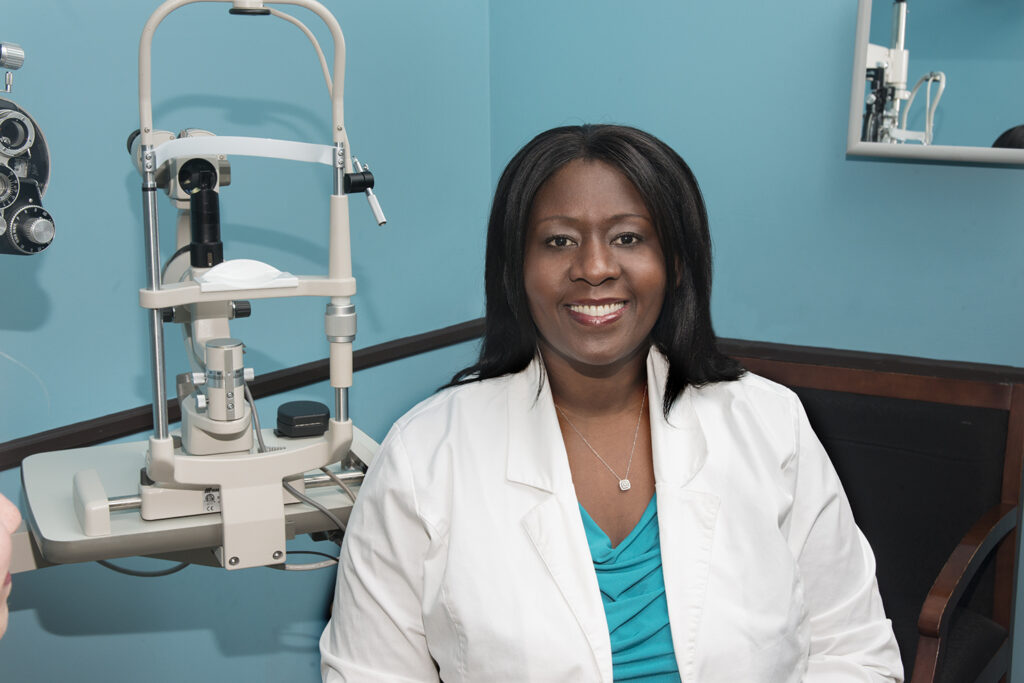Dry Eye Awareness Month: Understanding, Preventing, and Managing Dry Eye Syndrome

July marks Dry Eye Awareness Month, a crucial time to bring attention to a condition that affects millions of people worldwide. Dry eye syndrome can significantly impact quality of life, making it essential to understand, prevent, and manage this common issue. For women optometrists and their patients, raising awareness about dry eye is an opportunity to promote eye health and improve daily comfort.
Understanding Dry Eye Syndrome
Dry eye syndrome occurs when the eyes do not produce enough tears, or the tears evaporate too quickly. This can result in inflammation and damage to the eye’s surface. Symptoms include redness, irritation, blurred vision, and a feeling of grittiness or foreign object in the eye.
Inspirational Example: Consider the story of actress Jennifer Aniston, who has openly discussed her battle with dry eye syndrome. Her willingness to share her experience has helped raise awareness about the condition and emphasized the importance of seeking treatment. Aniston’s advocacy highlights that dry eye is not just a minor inconvenience but a condition that deserves attention and care.
Psychological Insights into Dry Eye
Emotional Impact: Dry eye syndrome can have a significant psychological impact. According to the American Academy of Ophthalmology, chronic discomfort from dry eye can lead to anxiety and depression. Patients may feel frustrated or self-conscious about their symptoms, affecting their social interactions and overall well-being.
Mind-Body Connection: The mind-body connection plays a vital role in managing dry eye. Stress can exacerbate symptoms, as it affects hormone levels that regulate tear production. Practices such as mindfulness, yoga, and meditation can help manage stress, potentially alleviating dry eye symptoms.
Preventing Dry Eye
1. Environment:
- Control Humidity: Use a humidifier to maintain moisture in indoor air.
- Avoid Direct Airflow: Protect your eyes from direct wind, fans, and air conditioning.
2. Digital Device Use:
- 20-20-20 Rule: Every 20 minutes, take a 20-second break and look at something 20 feet away to reduce eye strain.
- Adjust Screen Settings: Reduce screen brightness and increase font size to ease eye strain.
3. Nutrition:
- Omega-3 Fatty Acids: Incorporate foods rich in omega-3s, like salmon, flaxseeds, and walnuts, to support tear production.
- Hydration: Drink plenty of water to stay hydrated and maintain healthy tear film.
Managing Dry Eye
1. Over-the-Counter Solutions:
- Artificial Tears: Use preservative-free artificial tears to lubricate the eyes.
- Warm Compresses: Apply warm compresses to the eyes to relieve symptoms and promote oil gland function.
2. Professional Treatments:
- Prescription Medications: Consult an optometrist for medications that can increase tear production or reduce inflammation.
- Punctal Plugs: Tiny plugs inserted into tear ducts to prevent tear drainage and keep the eyes moist.
Empowerment Through Awareness
Educational Campaigns:
- Host workshops or webinars to educate patients about dry eye syndrome, its symptoms, and treatment options.
- Use social media to share informative content, patient stories, and practical tips for managing dry eye.
Patient Support:
- Encourage open conversations about dry eye and its impact on daily life.
- Provide resources and support groups where patients can share experiences and coping strategies.
Inspirational Insights from Psychology
Resilience and Adaptation: Psychologist Dr. Carol Dweck’s concept of a growth mindset is relevant here. Patients with dry eye can develop a growth mindset by focusing on proactive management and adaptation strategies. Viewing the condition as manageable rather than debilitating can improve coping and quality of life.
Self-Care and Empowerment: Dr. Kristin Neff’s work on self-compassion highlights the importance of self-care. Encouraging patients to practice self-compassion can help them manage the emotional toll of chronic conditions like dry eye. Empowering patients to take charge of their eye health fosters a sense of control and resilience.
Conclusion
Dry Eye Awareness Month is a time to highlight the importance of understanding, preventing, and managing dry eye syndrome. For women optometrists, it’s an opportunity to educate and empower patients, promoting eye health and overall well-being.
By sharing inspirational stories, providing psychological insights, and offering practical advice, we can help those affected by dry eye lead more comfortable and fulfilling lives. Let’s use this month to spread awareness and support our patients in their journey to better eye health.






Responses